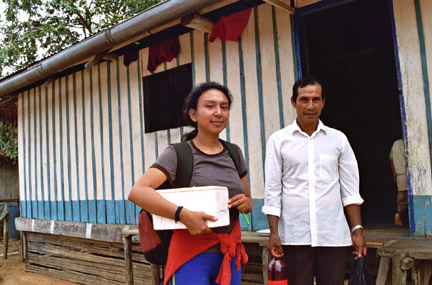The school is open!
Tuesday, February 14th, 2012It’s open! On Saturday the community celebrated the new school, giving thanks to everyone who worked hand in hand. Today I was fortunate enough to attend the first day of classes in the new school. Enjoy…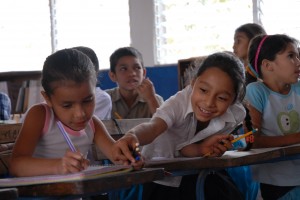

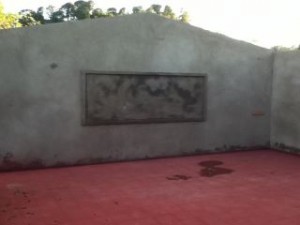
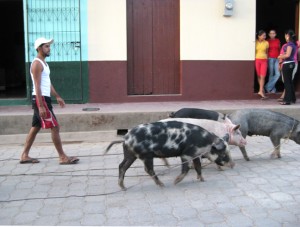

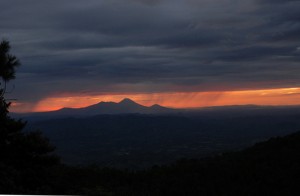
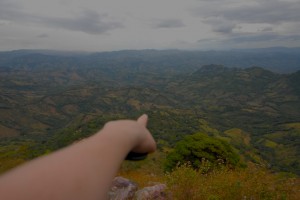
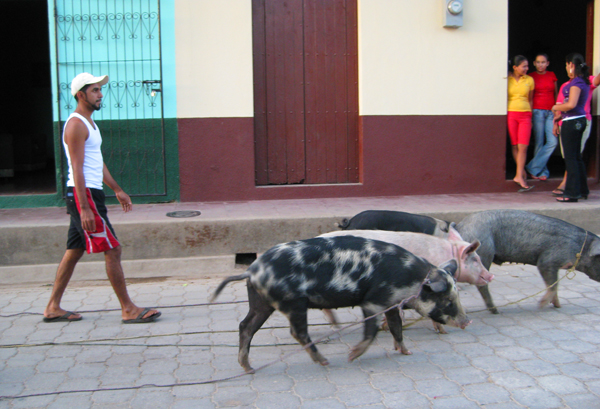
 “Amazon: A Fragile Balance” is on exhibition at Ock Hee’s Gallery in upstate New York, in Honeoye Falls.The show includes images from my time living with colonists in the Brazilian Amazon who had a plague of mosquitoes on their land and were protesting for help in a roadside, makeshift camp (1991) and my time helping researchers in Peru, trekking in the forest, catching caimans to see what they had for lunch and launching health care and wildlife management programs in remote communities.Images explore the culture, the beauty of the forest and the wild of one of the few places left where nature, not man, is in control. It compels us to explore man’s struggle to co-exist with nature and what impact we have on the environment, and what can be lost.Several images feature communities that are recipients of the work The Friends Project does, including the Amazon Animal Orphanage (care for a baby howler monkey), Nueva Esperanza (window screens, a latrine, safe drinking-water program, shoes for kids) and Belén (school supplies).I’ll post some photos later of the images.
“Amazon: A Fragile Balance” is on exhibition at Ock Hee’s Gallery in upstate New York, in Honeoye Falls.The show includes images from my time living with colonists in the Brazilian Amazon who had a plague of mosquitoes on their land and were protesting for help in a roadside, makeshift camp (1991) and my time helping researchers in Peru, trekking in the forest, catching caimans to see what they had for lunch and launching health care and wildlife management programs in remote communities.Images explore the culture, the beauty of the forest and the wild of one of the few places left where nature, not man, is in control. It compels us to explore man’s struggle to co-exist with nature and what impact we have on the environment, and what can be lost.Several images feature communities that are recipients of the work The Friends Project does, including the Amazon Animal Orphanage (care for a baby howler monkey), Nueva Esperanza (window screens, a latrine, safe drinking-water program, shoes for kids) and Belén (school supplies).I’ll post some photos later of the images.